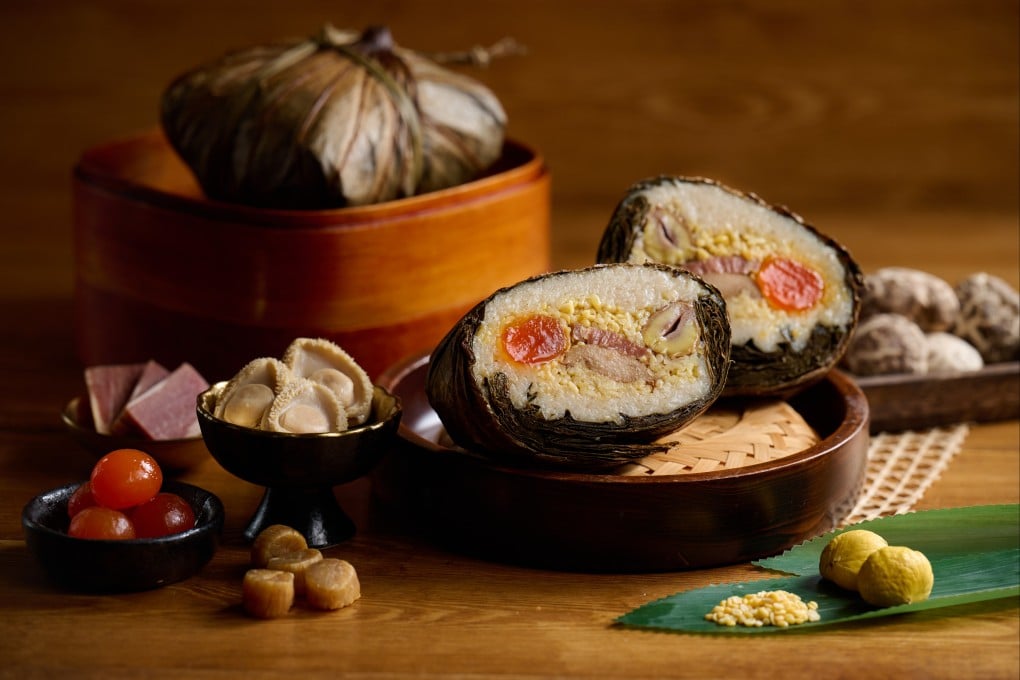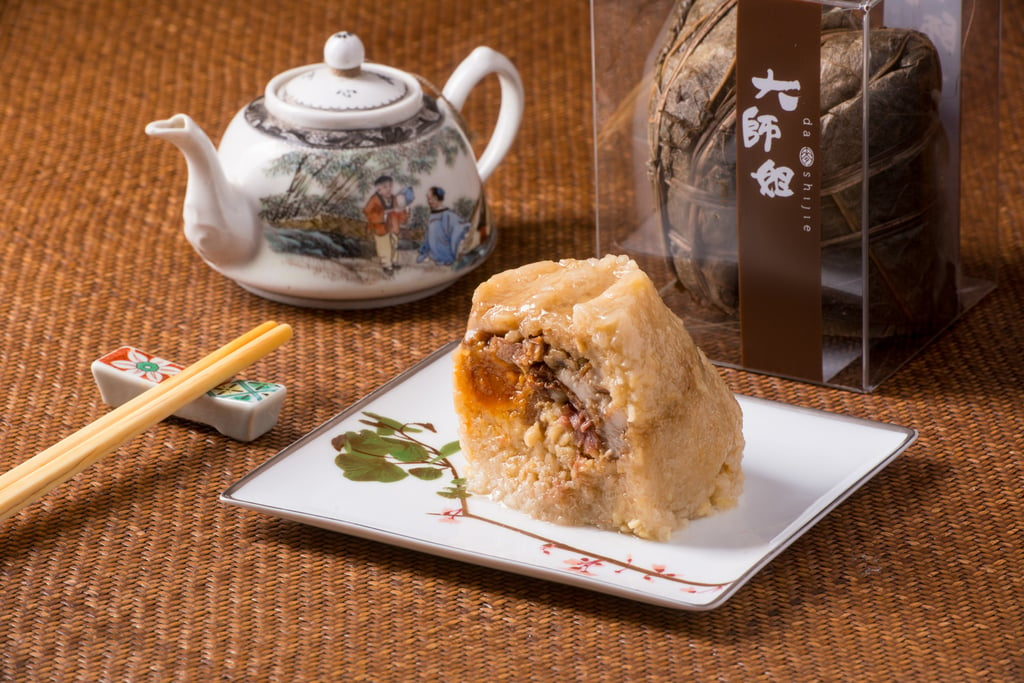Advertisement
Zongzi in all their glory: Dragon Boat Festival sticky rice dumpling types around Asia
- Rice dumplings are eaten for Dragon Boat Festival from Hong Kong to Vietnam, but the fillings and wrappers differ depending on where you are
Reading Time:4 minutes
Why you can trust SCMP
2

Zongzi are sweet or savoury sticky rice dumplings that are eaten during the Chinese festival of Tuen Ng, or Dragon Boat Festival, which is celebrated across East and Southeast Asia.
Advertisement
One of the most popular stories of the festival’s origins is that of Qu Yuan, an exiled poet and politician during China’s Warring States period (475-221BC). Upon hearing his state, Chu, had fallen, he committed suicide by drowning himself in the Miluo River.
Legend has it that villagers paddled out in boats to save him and, upon realising it was too late, threw rice dumplings into the Miluo (in what is today Hubei province) to distract the fish and stop them eating his body, and thrashed their paddles and beat their drums to scare them away. The Dragon Boat Festival, with its symbolic sticky rice dumplings, was thus born.
Eating zongzi is a common practice during the Tuen Ng Festival, but what goes into them varies from place to place. Here are some of the regional variations:

Guangdong
Hong Kong’s zongzi tradition comes mainly from Guangdong. Theresa Yiu, founder of Hong Kong gourmet food brand Dashijie, says that in China’s southern provinces, zongzi flavours are separated into sweet and savoury categories.


Advertisement